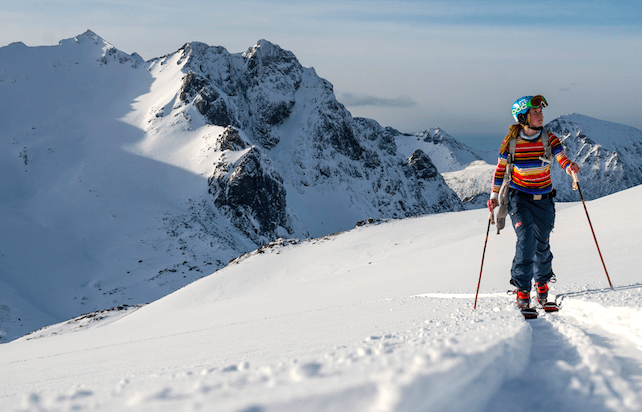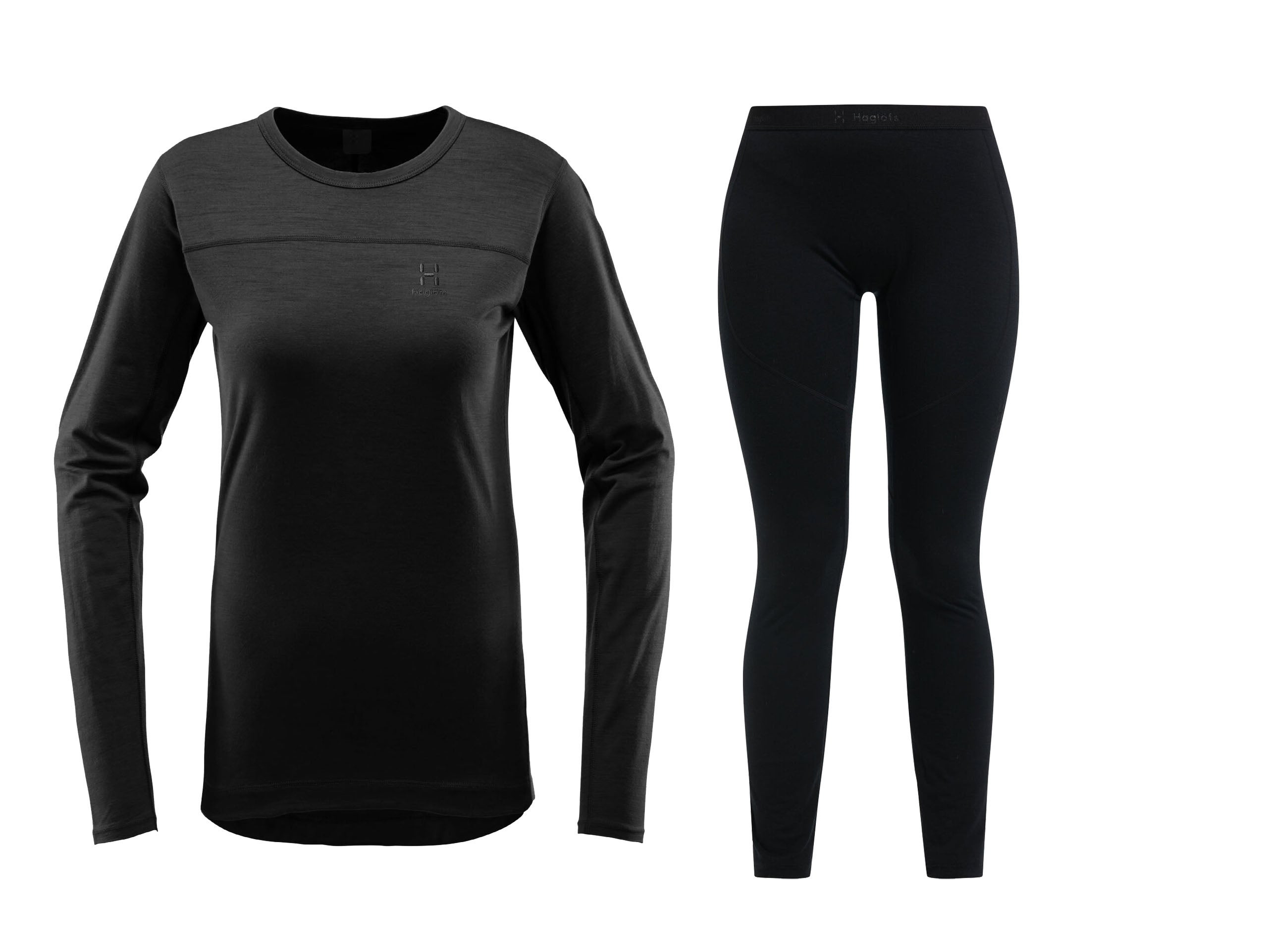Recommended Advice To Selecting Merino Wool Base Layers For Hiking
Wiki Article
What Is The Difference Between Merino And Regular Wool?
Merino wool is a type of wool which is only from Merino sheep. The Merino sheep are known for their fine, soft wool. Merino is much softer than normal wool. This is due to Merino sheep's finer fibres. The finer fibers makes the wool less itchy and comfortable to wear next to your skin.
Merino wool is warm because it traps air within the fibers. This results in insulation. It also is very moisture-wicking, so it can keep you warm, even when it's damp.
Merino wool has more durability than regular wool because of the Merino sheep's fibers. This means that it can stand up to greater wear and tear, and is less likely to break.
Odor resistance- Merino wool is naturally antibacterial properties, making it odor-resistant. This means it is able to be worn for longer periods without acquiring an unpleasant odor.
Breathability Merino wool has a high amount of breathability. It allows moisture to be able to escape and keep you cool in hot weather.
Merino wool is generally more expensive than regular Wool, and typically costs more due to its premium qualities.

How Does The Base Layer Of Heavyweight Merino Wool Merino Wool Differ Between Light, Heavyweight, And Middleweight?
The fabric's texture and warmness are the main difference between the midweight, light and heavyweight Merino wool base layer types. Here are the main differences between the three types. Lightweight Merino sheep wool base layers consist of a thin, breathable fabric that can be used in temperatures that are both cool and warm. This type is great for activities with high intensity. It can be used in colder conditions as a base layer under other layers.
Midweight Merino base layers are constructed with a thicker fabric than light-weight base layers. They offer greater warmth and insulation. This type of base layer is ideal for cold to cool temperatures and is an excellent choice for moderate to low intensity activities where you are not likely to break into the sweat.
The thickest and most warmest Merino wool base layer is heavyweight Merino wool. It's designed for extremely cold winter conditions. This type of base layer is ideal for low-intensity activities where you are not likely to work up a sweat, such as skiing or snowshoeing.
Consider the weather conditions and the intensity of the activity you're participating in when choosing the right Merino wool base layer. A light base layer is ideal for intense activities as well as cool weather. A mid-weight layer is suitable for cooler temperatures and moderate to high-intensity activities. A heavyweight base layer is ideal for very cold conditions and activities that require low intensity. It is possible to layer up or decrease depending on the conditions, so it is recommended to pick an a bit lighter base layer over one that's too heavy. Make sure the base layer is snug and has full mobility. Go best base layers info here for website info.

Merino Wool Is Mixed With Himalayan Yak Wool An Excellent Base Layer For Skiing?
Merino wool combined with Himalayan-yak wool creates an ideal base layer for skiers. Merino wool is widely regarded as being very soft and capable of being able to regulate temperature. Himalayan yarn wool is popular for its warmth and endurance. The result of blending the two fibers is a base layer that has great warmth, moisture management and air-flow. It is perfect for skiing. The Merino wool is a great way to regulate the body's temperature and draws moisture away from the skin, making your body dry and comfortable. The yak wool serves as an additional layer of insulation , and gives warmth during cold winter days. Merino wool mixed with yak wool is robust and is able to be able to withstand wear and tear. It's a great base layer to wear for more intense activities like skipping. In the end, mixing Merino wool and Himalayan yak wool results in a base layer that offers a balance of warmth and breathability, moisture management, and durability, making it an ideal choice for skiing and other winter activities. Go visit koraoutdoor.com for ski pants for blog recommendations.

What Are The Alternative Fabrics To Merino And Yak Wool For Ski Clothing And What Are The Reasons They Aren't As Good?
Although there are many alternatives to Merino wool or Himalayan Yak wool that can be used for ski clothing, they might not be as effective at keeping you warm and dry when you're on the slopes. Here are a few alternatives and a few reasons they might be inferior Cotton. Cotton is a common fabric for clothing, but it's not a great option for skiing. It can absorb moisture and keep it wet, making you feel wet and cold. In addition, it doesn't provide adequate insulation, which means it won't keep you warm in cold weather.
Polyester- Polyester is a common synthetic fabric that is used in ski clothing. Polyester is quick-drying and water-wicking, however it does not provide the same insulation and warmth as Merino wool. Polyester is also more breathable than natural fibers and more comfortable for some.
Nylon-Nylon is an artificial fabric that is well-known for its durability and resistance to scratches. It can be utilized for ski clothing but it does not offer warmth or insulation. It is also less comfortable as natural fibers, such as Merino wool. This could make it uncomfortable to wear for prolonged time periods.
FleeceThe Fleece Fleece is a very popular layer fabric for skiing, is also a popular choice. While it provides warmth and insulation, it isn't as effective as natural fibers such as Merino Wool or Himalayan Yak Wool. Some people find fleece to be less breathable, and more prone to trap water than natural fibers.
There are a variety of alternatives for Merino and Himalayan wool, they may not be as effective in making you feel comfortable at the top of the mountain. Merino wool or Himalayanyak wool are all natural fibers that offer better insulation, warmth, moisture management and breathability. They are an excellent choice for ski gear.